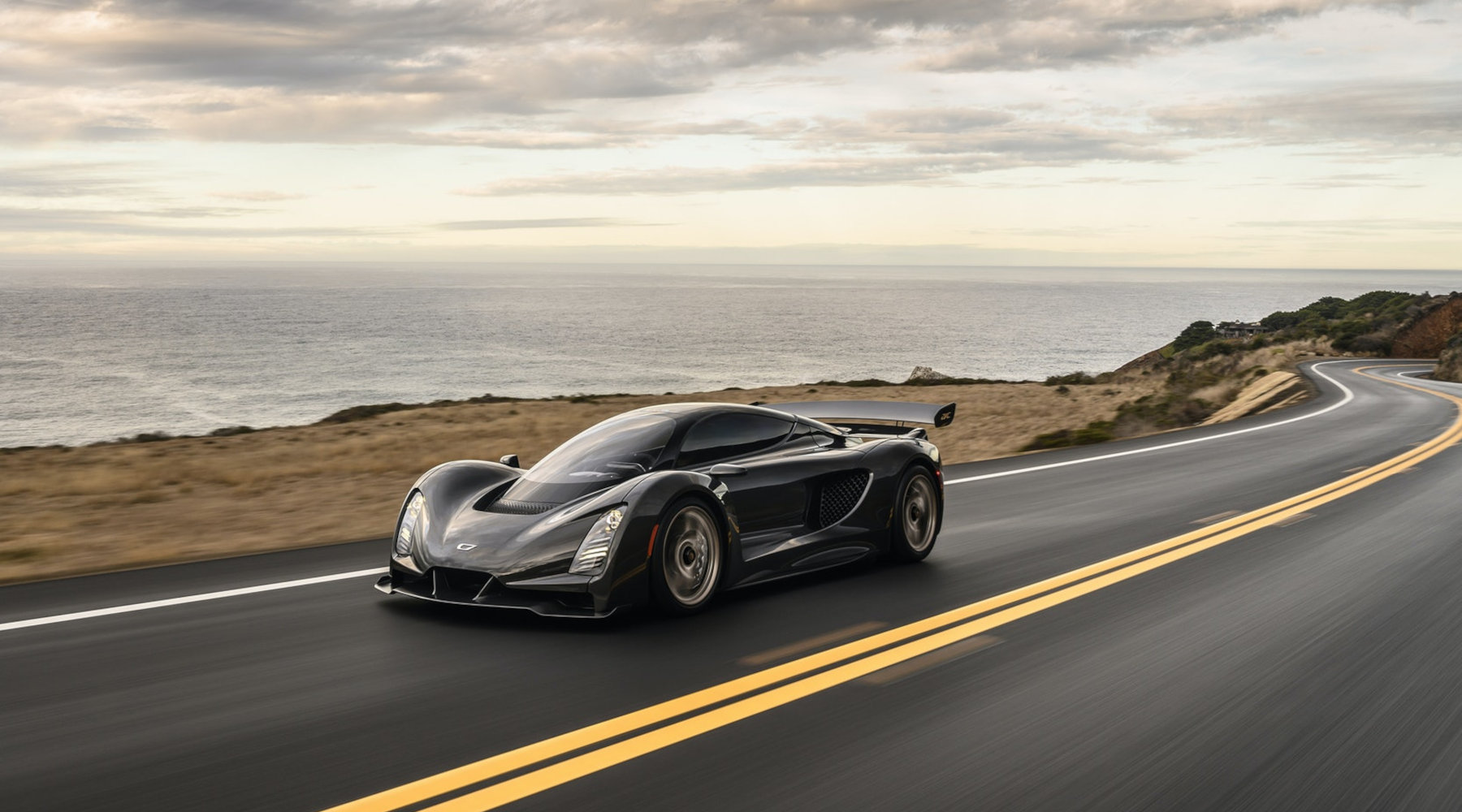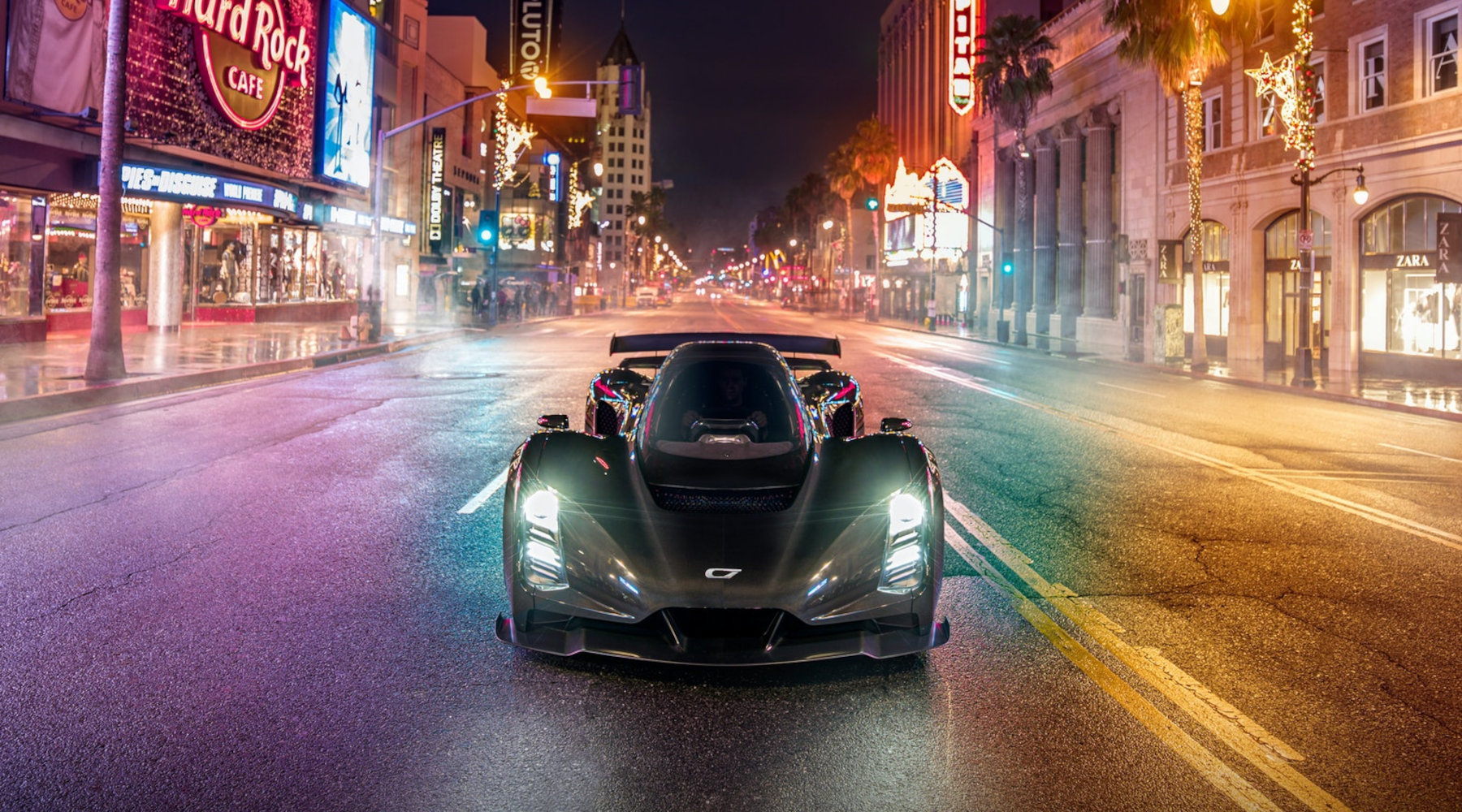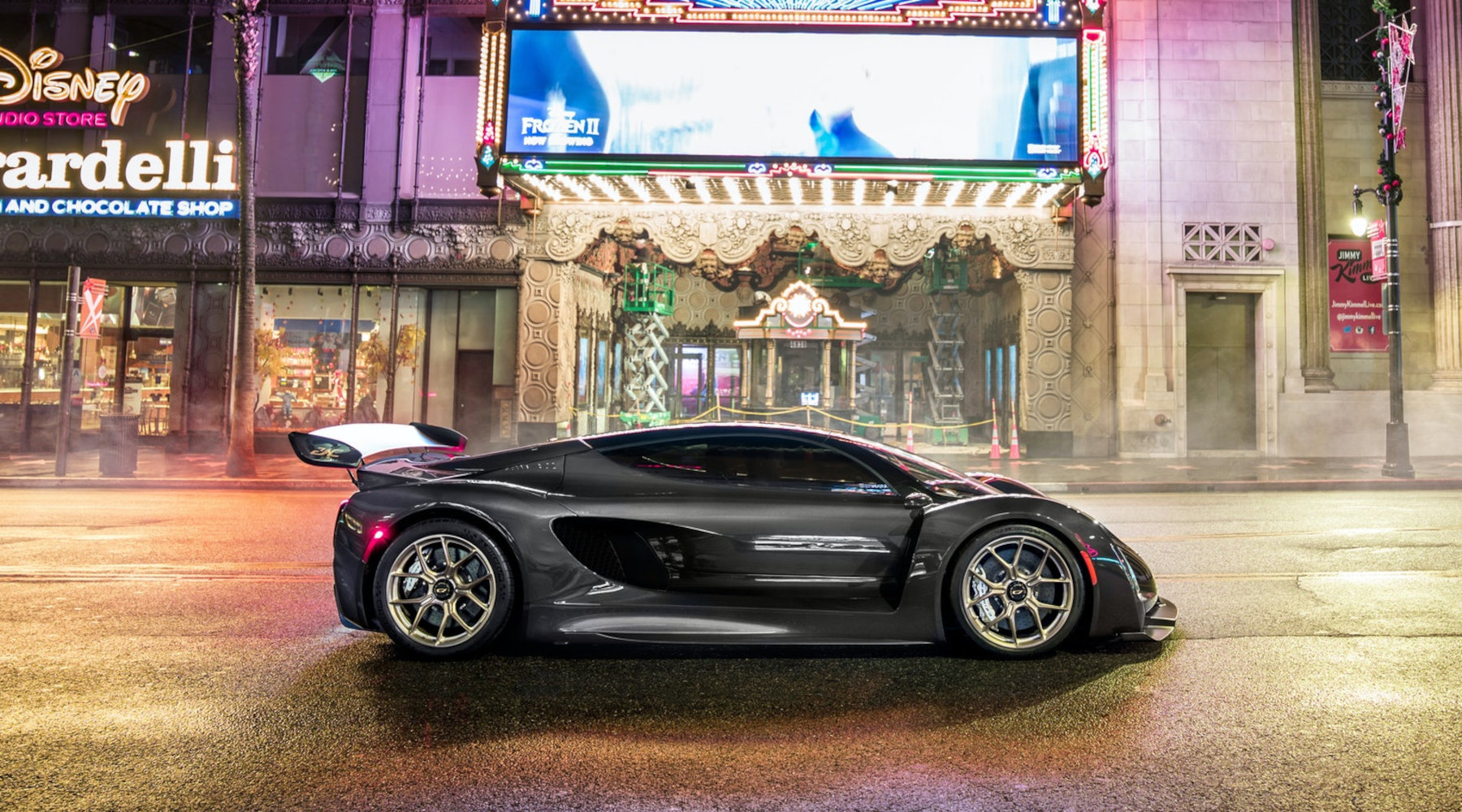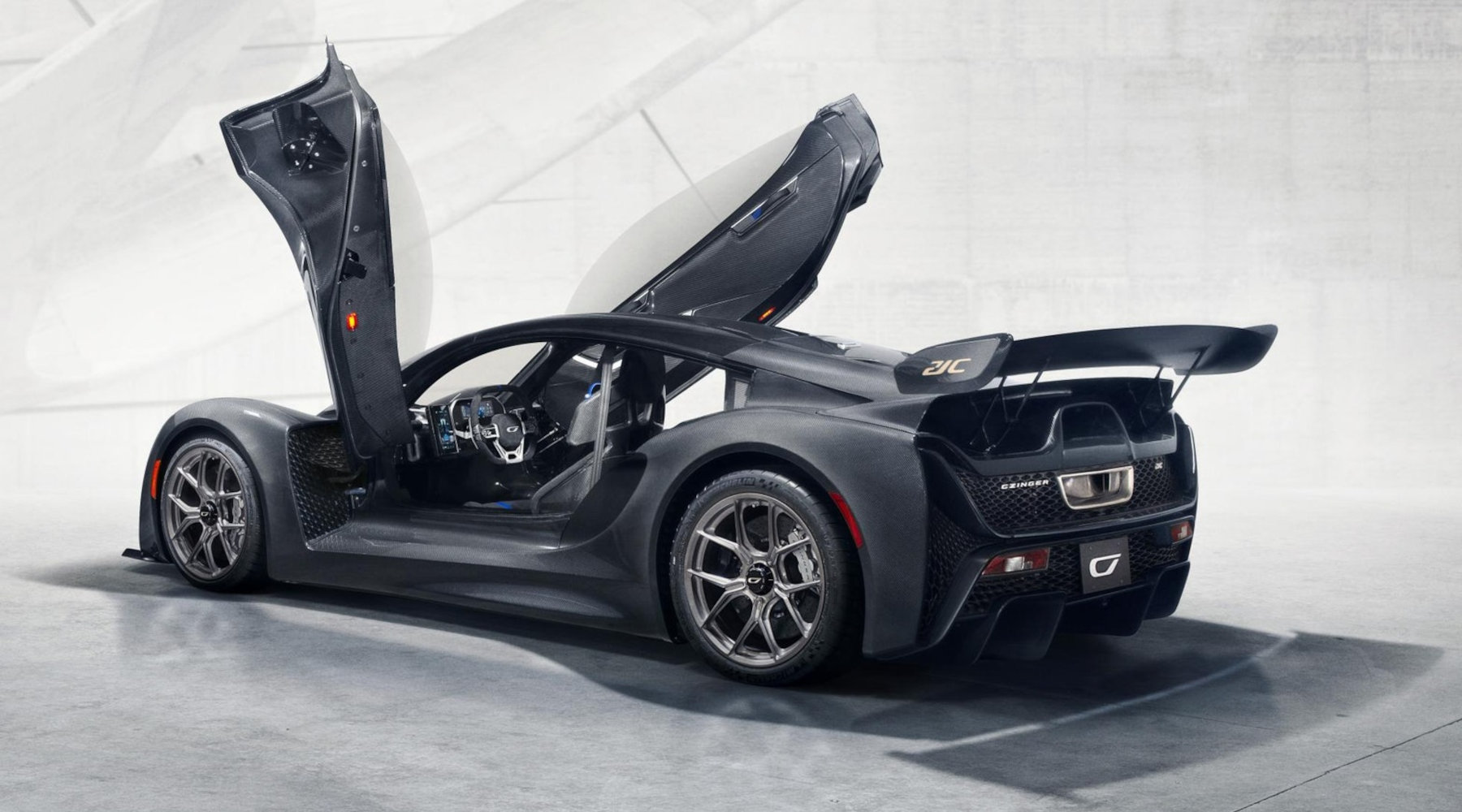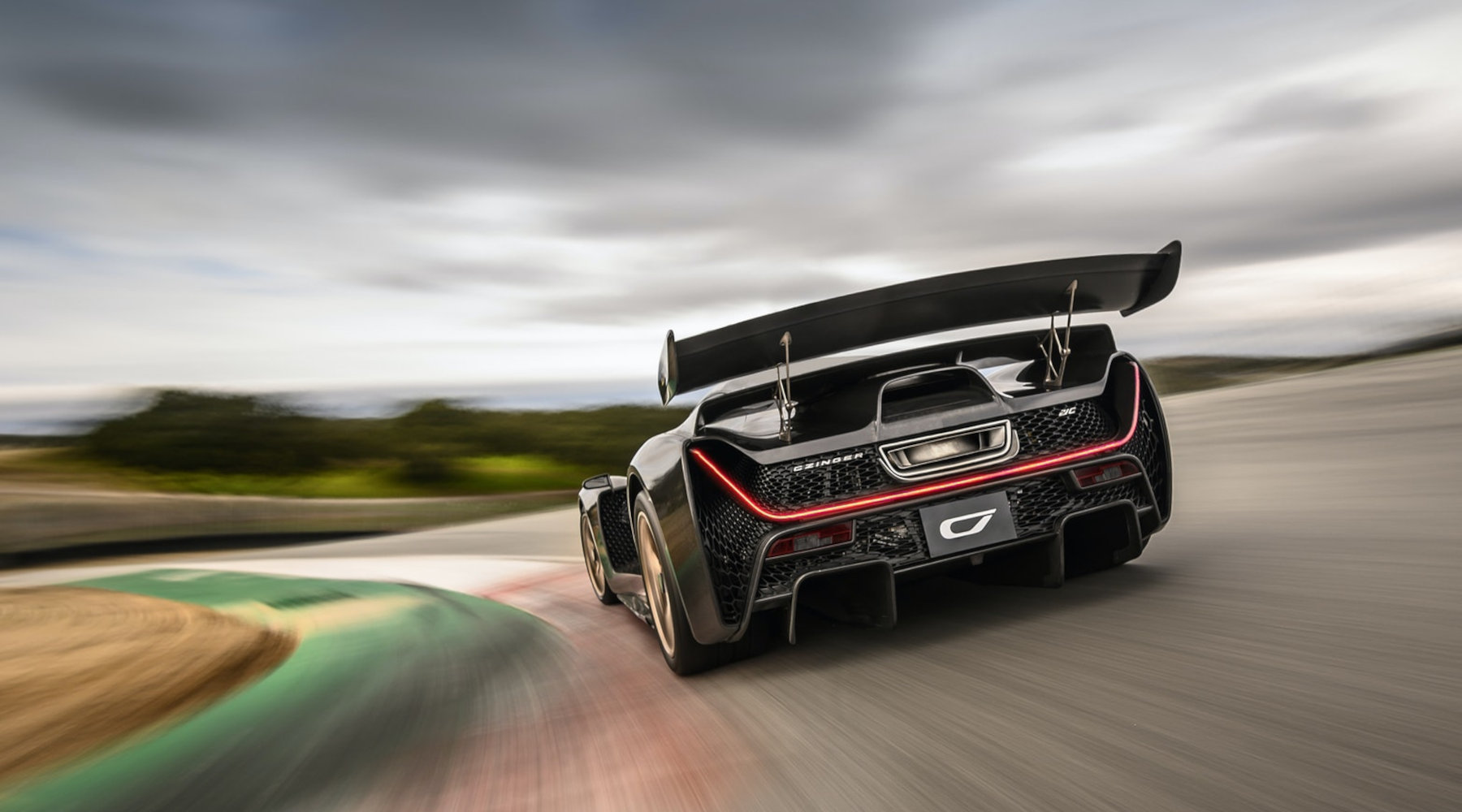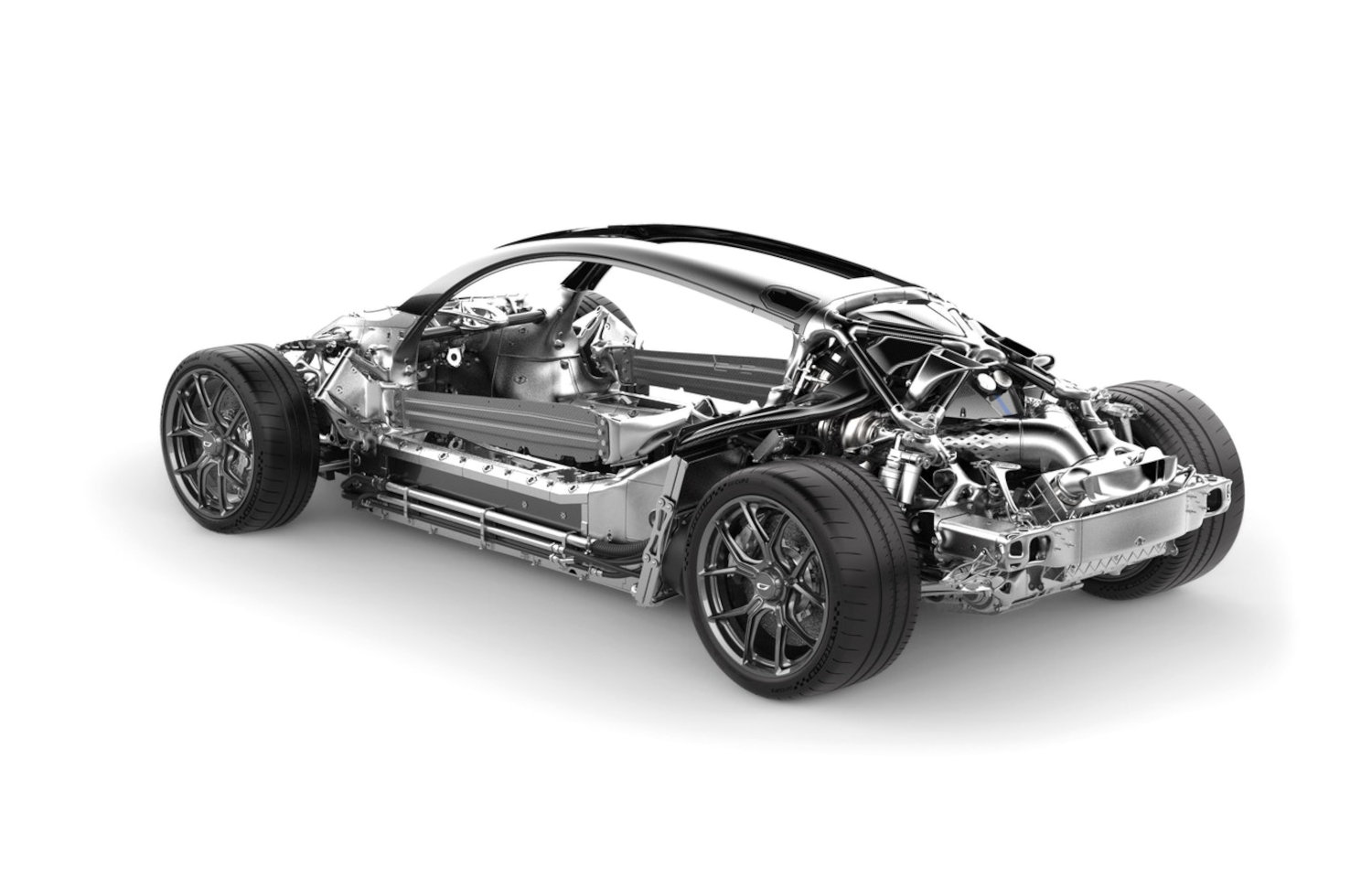The Czinger 21C, A 3D Printed Hybrid Hypercar From The United States
Press a button, build a car, make it go fast, insanely fast...
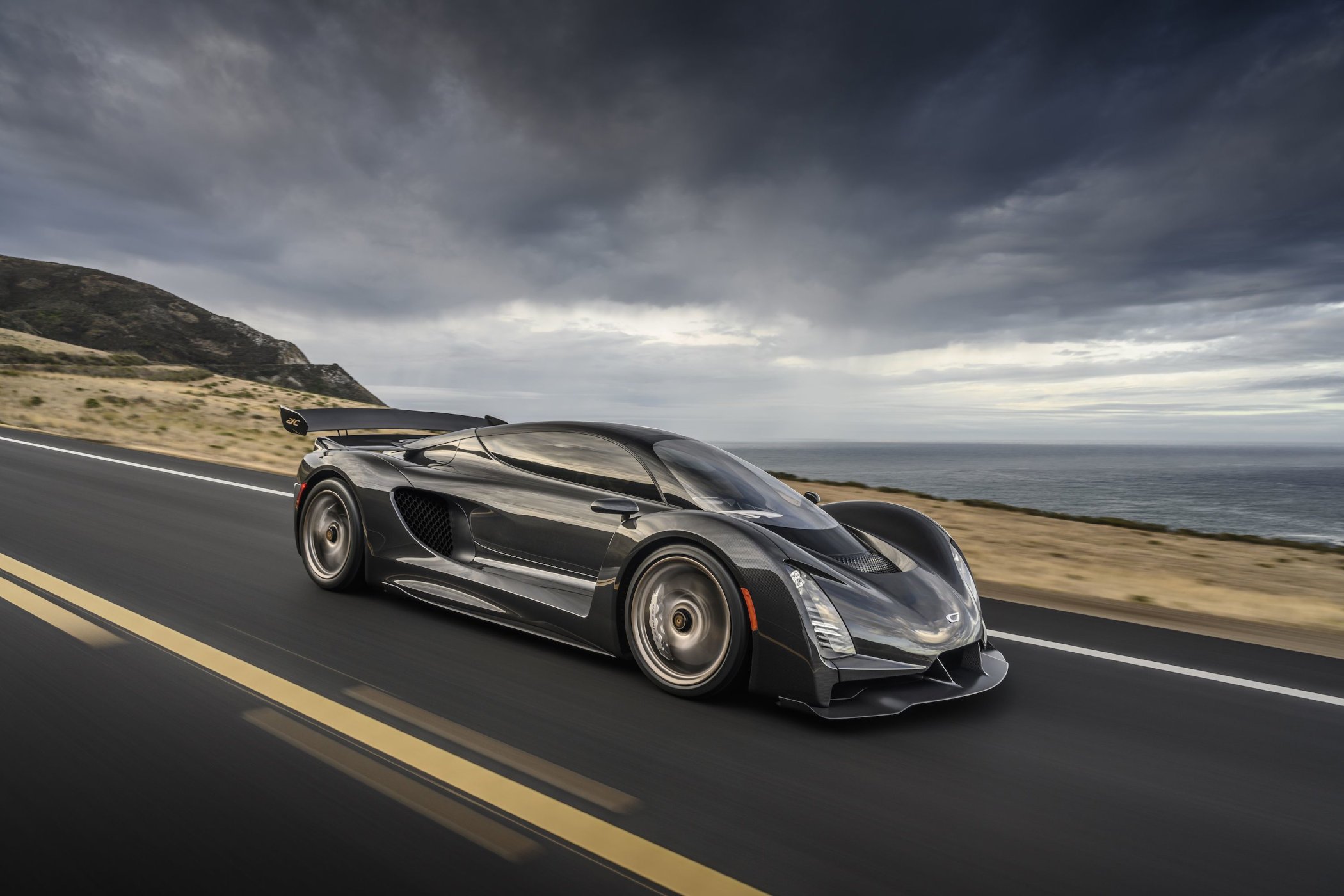
Czinger Vehicles is a new player on the grand stage of the hypercar, presenting a 1,200hp+ hybrid-powered car with a few insane tricks up its sleeve. It is not to be mistaken with Singer, the similarly sounding but vastly different Porsche modifiers. No, Czinger Vehicles is the brainchild of Kevin and Lukas Czinger, a father-and-son duo from the United States. The idea is to revolutionize the concept of car manufacturing and the way we perceive cars, and the 21C is a big step forward to achieving that very goal. But just how special is it? We’re finding out in today’s episode of the Petrolhead Corner.
Well, not to beat about the bush, the Czinger 21C is very special. And for a number of reasons. Czinger claims the car is not built to demolish lap records or anything, although it recently broke the record at Laguna Seca. No, the car is intended to showcase the next step in vehicle manufacturing technology and push it forward into new and unknown territory. It’s frequently put in the same frame as the Lockheed SR-71 Blackbird spy plane, which was a major leap in aviation technology built in record time in an era where computer technology wasn’t as advanced as it is today. That supersonic plane also serves as inspiration for the Czinger 21C, but we’ll get to that in a bit.
DAPS
Czinger Vehicles is a subsidiary of Divergent Microfactories, owned and run by Kevin and Lukas Czinger. This Divergent Microfactories company is actually where the Czinger 21C’s story starts when in 2016 the Divergent Blade was presented. This already gave a glimpse into what would become the 21C. The whole concept of both the Blade and the 21C revolves around developing and applying revolutionary 3D printing technology.
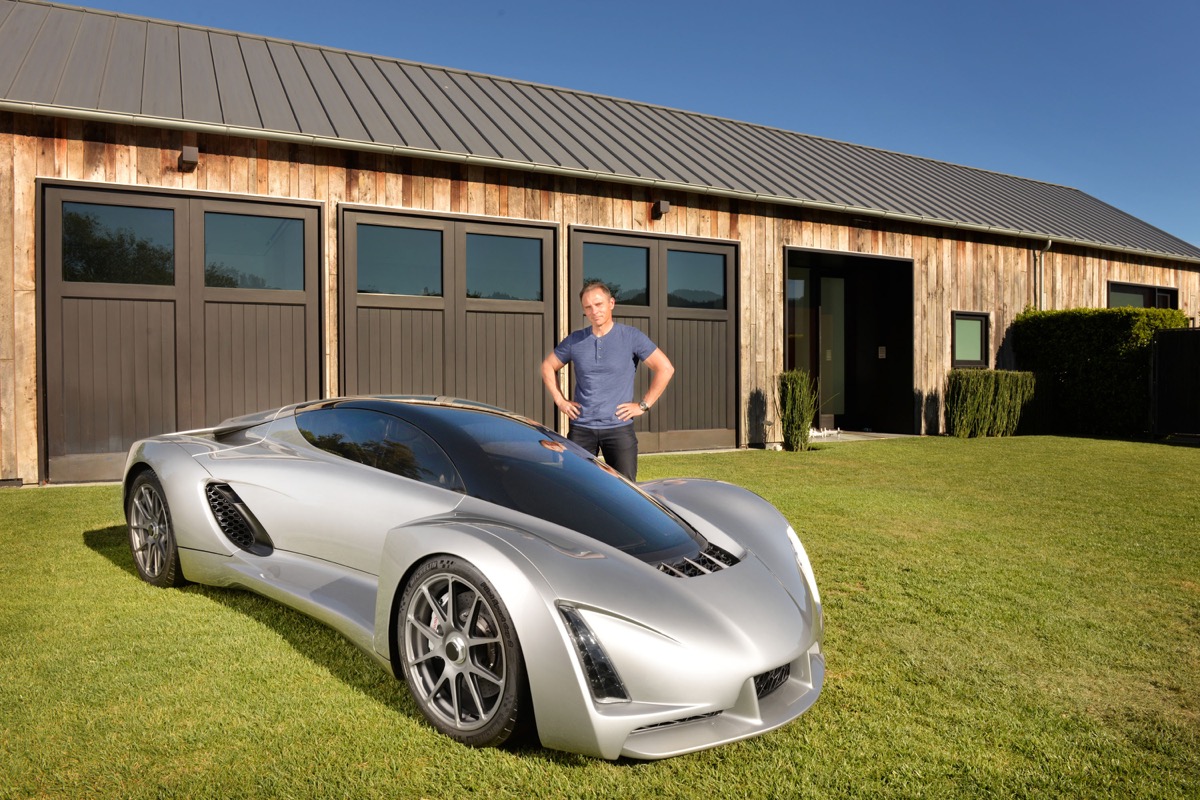
The Divergent Adaptive Production System, shortened to DAPS, is Divergent’s and Czinger’s way to push the car manufacturing technology towards the future. The system incorporates around 450 patents, showcasing the company’s strive to move forward. It centres around an artificial intelligence-driven design platform with creates an optimized structural design for components in a 3D printable format. It’s a bit geeky to uncover the entire technology, but what it means is that parts can be optimized based on what they need to do closer than ever. Complex calculations can be made to create the best possible design, material, rigidity, weight, mounting points and so on. It’s not entirely new, but Czinger goes further than any other car manufacturer at this moment does.
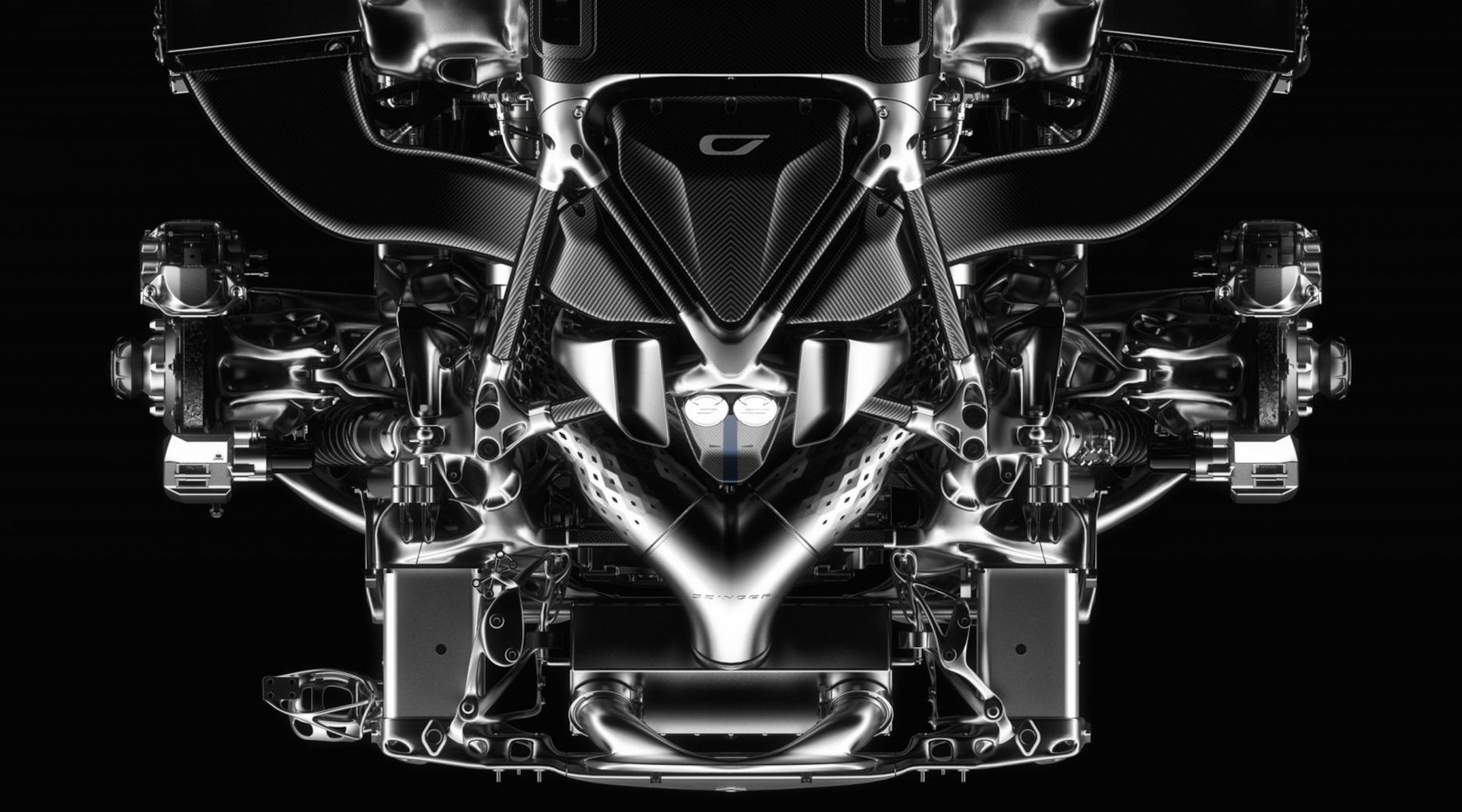
Looking at some of the components on the Czinger 21C (see the video below), and knowing the design is second to its function, it amazes me how organic and fluid some of them look. Elements like the cradle that holds the steering wheel, or suspension components, the honeycomb heat shields for the exhaust system. It all looks surreal on a car. As Motortrend.com states, based on quotes from Kevin Czinger, it’s not an intentional design strategy but a result of the software knowing how to get the most out of the least amount of material. Fascinating stuff really!
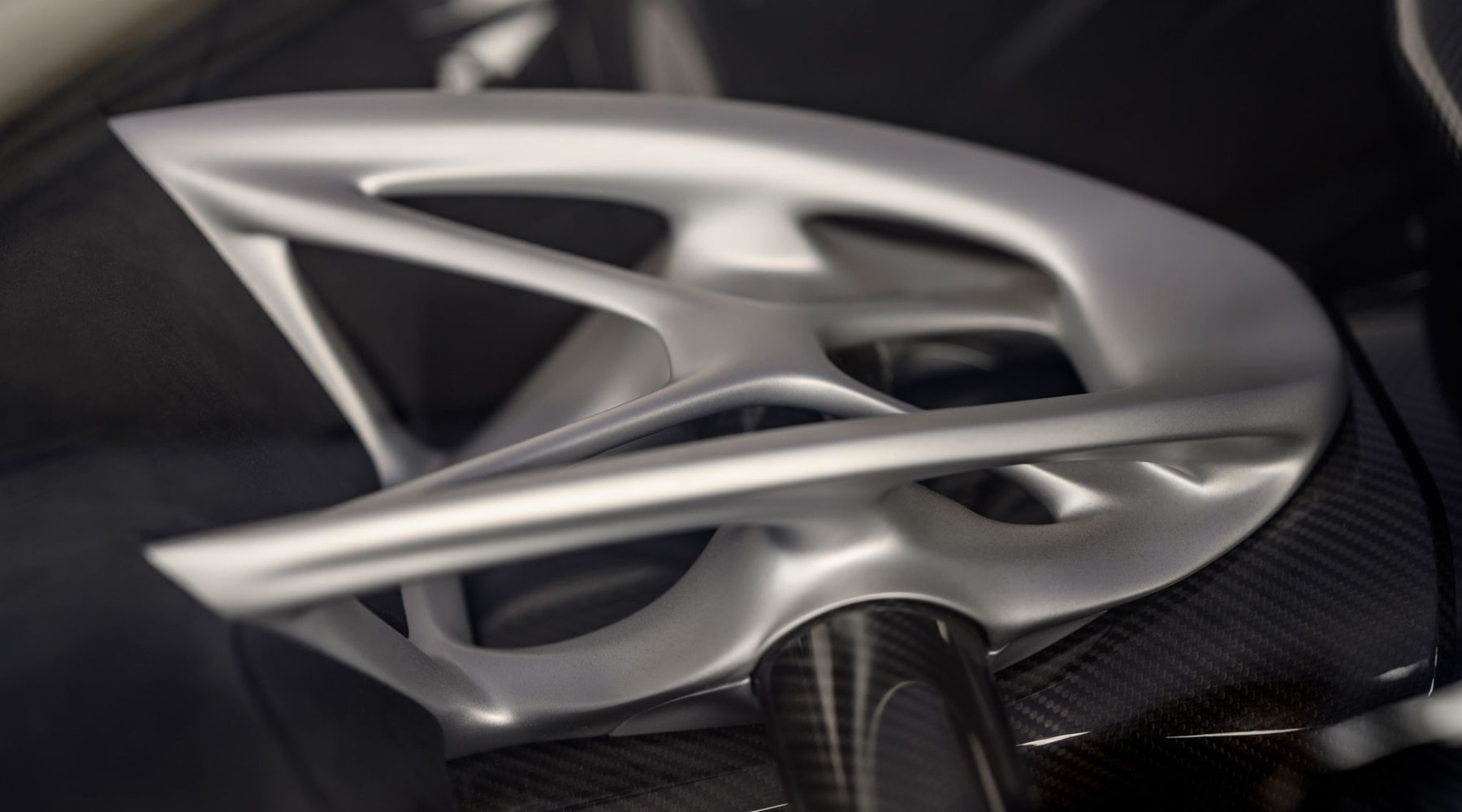
What else matters is that this method of manufacturing reduces cost and time for tooling, reduces lead times to design and test new components, eliminates traditional welding where possible, and it can be almost entirely automated. Top Gear has explained more on this entire process, and has driven a prototype of the 21C;
SR-71 Blackbird inspiration
All this advanced AI technology is fine, but a car needs to look good, and especially super- and hypercars. It needs to look like it’s going 200 miles per hour standing still, it has to have a great deal of presence, so a pretty face is essential.
The Czinger 21C not only carries unconventional technology under its carbon-fibre exterior, but the exterior itself is also a bit unconventional as well. Kevin Czinger is a huge fan of the SR-71 Blackbird program from the 1970s, which resulted in one of the all-time greatest aeroplanes ever made. And looking at both the aircraft, and the car, the two share some similarities in design.
The most obvious one is the central cockpit, which aligns the driver, passenger, engine and gearbox in the middle of the car. This improves weight distributions and thus enhances performance in multiple ways. It also causes a few challenges though, as you need additional length in the chassis. The result is a canopy that starts very close to the front of the car and stretches to the engine bay. This can be best seen in shots from the side of the car. From the front though, you can see how narrow the almost full glass covered canopy really is.
Bumper to bumper, the Czinger 21C looks sharp, focused, and pretty much ready to blast down any track. There are all sorts of aerodynamic trickery going on, with massive wings, splitters, air-intakes and a giant rear spoiler and diffuser. But how does it back up this aggressive appearance? Well, pretty darn good!
The Numbers Game
I know most Petrolheads will look at numbers to judge a car, and if you’ve watched the clip above you’ve heard them all. How fast does it accelerate, what’s the top speed, how much downforce does it generate, how fast can it lap a certain track, how many will be built, and at what cost. And most importantly perhaps; what engine does it have?
Well, a massive one for that matter, backed up with a Formula 1 derived hybrid system. The Czinger 21C is powered by an in-house developed 2.9-litre twin-turbo V8 producing 950bhp. It’s made to run on fuel types with different octane levels, so depending on what you’re running the output can vary a little. The hybrid system can send an additional 100bhp to the rear wheels, while it also drives two electric motors in the front wheels. The combined output for the Czinger 21C is a monumental 1,233bhp.
Combine that with a weight of 1,240 kilos and you get some blistering performance figures. Czinger claims the 21C will go from a standstill to 62mph (100kph) in less than two seconds, although that has not been verified at the moment. The theoretical top speed is 281mph (just over 450kph), which puts it in Bugatti/Koenigsegg/SSC territory. And it’s not just fast in a straight line, as a track-prepped version of the Czinger 21C has lapped the Laguna Seca circuit in 1.25:44, a whopping 2 seconds faster than the McLaren Senna that previously held the lap record. Here’s a clip of how the Czinger team has broken the record;
The combination of low weight, high output, hybrid drive and immense downforce (on par with GT3 racing cars, depending on the set-up) result in a mind-blowing piece of futuristic engineering. And the final important numbers concerning the 21C; only 80 will be built at a base price of USD 2 million apiece, with deliveries planned for 2023. So yes, the Czinger 21C is a true hypercar in every sense of the word.
For more information, please visit Czinger.com

